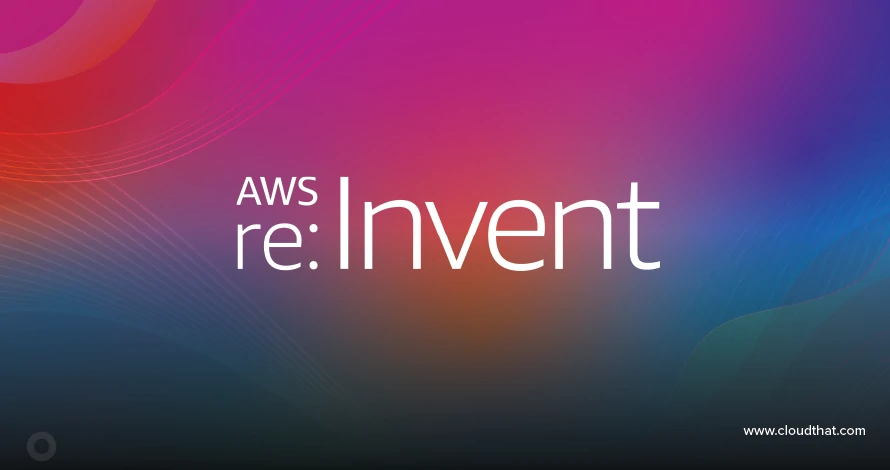|
Voiced by Amazon Polly |
Introduction
In the realm of database management systems, one paradigm has gained significant traction in recent years due to its ability to model and represent complex relationships and dependencies – the Graph Database. Traditional relational databases have long been the go-to data storage and retrieval solution. Still, as the need for handling interconnected data grows, graph databases have emerged as a powerful alternative.
Pioneers in Cloud Consulting & Migration Services
- Reduced infrastructural costs
- Accelerated application deployment
Graph Databases
A graph database is designed to represent and store data as a graph, leveraging nodes, edges, and properties to model relationships. Unlike the tabular structure of relational databases, where data is organized into tables with rows and columns, graph databases focus on the relationships between entities.
Key Components of Graph Databases
- Nodes:
Nodes are the fundamental building blocks in a graph database. They represent entities in the system, such as people, places, or objects. Each node can contain properties key-value pairs providing additional information about the entity.
- Edges:
Edges define the relationships between nodes. They establish connections and can carry properties, describing the nature of the relationship. Edges play a crucial role in traversing the graph and uncovering patterns within the data.
- Properties:
Nodes and edges can have properties and attributes associated with them. For instance, a node representing a person might have properties like name, age, and address. In contrast, an edge connecting two nodes might have a property indicating the type of relationship between them.
Advantages of Graph Databases
- Relationship Modeling:
Graph databases excel in representing and querying complex relationships. Traditional databases struggle when dealing with interconnected data, but graph databases provide a natural and efficient way to navigate through intricate networks of relationships.
- Query Performance:
The traversal of relationships in a graph is a fundamental operation, and graph databases are optimized for it. As a result, queries that involve navigating relationships are significantly faster in graph databases than in traditional relational databases.
- Flexibility and Scalability:
The flexible schema of graph databases allows for easy adaptation to evolving data models. As data requirements change, graph databases can accommodate these changes without requiring complex and time-consuming schema migrations. Additionally, they scale horizontally, making them suitable for handling massive datasets and high transaction volumes.
- Semantic Clarity:
The graph model provides a clear and intuitive representation of the real-world relationships between entities. This makes it easier for developers, data analysts, and business stakeholders to understand the data model and create meaningful queries.
Use Cases of Graph Databases
- Social Networks:
Graph databases are well-suited for modeling social networks, where individual relationships are central to the data structure. Queries such as finding friends of friends or identifying common connections become straightforward and efficient.
- Recommendation Engines:
E-commerce platforms and streaming services leverage graph databases to build recommendation engines. These systems can provide highly accurate personalized recommendations by analyzing the relationships between users’ products and viewing history.
- Fraud Detection:
Graph databases are instrumental in fraud detection by analyzing patterns and relationships in data. Suspicious activities can be identified by traversing the graph and detecting anomalies or patterns indicative of fraudulent behavior.
- Knowledge Graphs:
Creating knowledge graphs to represent and link various pieces of information is a common use case for graph databases. This is particularly useful in domains such as healthcare, where patient records, diagnoses, and treatments can be interconnected for comprehensive insights.
Popular Graph Database Systems
- Neo4j:
Neo4j is a leading open-source graph database that has gained widespread adoption. It provides a native graph storage engine and a query language called Cypher, specifically designed for querying graph databases.
- Amazon Neptune:
Amazon Neptune is a fully managed graph database service offered by AWS. It supports property and RDF graph models, making it versatile for various use cases.
- JanusGraph:
JanusGraph is an open-source, distributed graph database optimized for large-scale, high-performance graph processing. It supports various storage backends and integrates easily with other big data technologies.
- ArangoDB:
ArangoDB is a multi-model database that supports document, graph, and key-value models. This flexibility allows developers to choose the most suitable data model for their use case.
Conclusion
As data becomes increasingly interconnected, the demand for efficient ways to model and query relationships has led to the rise of graph databases.
In conclusion, as the world becomes more data-centric, adopting graph databases will likely continue growing, empowering businesses and researchers to discover new patterns and relationships within their datasets, ultimately driving innovation and informed decision-making.
Drop a query if you have any questions regarding Graph Databases and we will get back to you quickly.
Making IT Networks Enterprise-ready – Cloud Management Services
- Accelerated cloud migration
- End-to-end view of the cloud environment
About CloudThat
CloudThat is an award-winning company and the first in India to offer cloud training and consulting services worldwide. As a Microsoft Solutions Partner, AWS Advanced Tier Training Partner, and Google Cloud Platform Partner, CloudThat has empowered over 850,000 professionals through 600+ cloud certifications winning global recognition for its training excellence including 20 MCT Trainers in Microsoft’s Global Top 100 and an impressive 12 awards in the last 8 years. CloudThat specializes in Cloud Migration, Data Platforms, DevOps, IoT, and cutting-edge technologies like Gen AI & AI/ML. It has delivered over 500 consulting projects for 250+ organizations in 30+ countries as it continues to empower professionals and enterprises to thrive in the digital-first world.
FAQs
1. Can graph databases be integrated with other types of databases?
ANS: – Yes, it’s common to integrate graph databases with other types of databases to leverage each of their strengths. For instance, combining graph and document-oriented databases can provide a versatile solution for applications with diverse data needs.
2. What is a traversal in a graph database?
ANS: – A traversal in a graph database refers to navigating through the nodes and edges of the graph to discover or retrieve specific pieces of information. Traversal is a fundamental operation in graph databases and is used for querying relationships between entities.
3. What is the role of indexing in graph databases?
ANS: – Indexing in graph databases is essential for optimizing query performance. It allows for quick retrieval of nodes and edges based on certain criteria, making graph traversal more efficient. Proper indexing strategies are crucial, especially in scenarios with large datasets.

WRITTEN BY Aehteshaam Shaikh
Aehteshaam works as a SME at CloudThat, specializing in AWS, Python, SQL, and data analytics. He has built end-to-end data pipelines, interactive dashboards, and optimized cloud-based analytics solutions. Passionate about analytics, ML, generative AI, and cloud computing, he loves turning complex data into actionable insights and is always eager to learn new technologies.


 Login
Login


 March 19, 2024
March 19, 2024 PREV
PREV










Comments